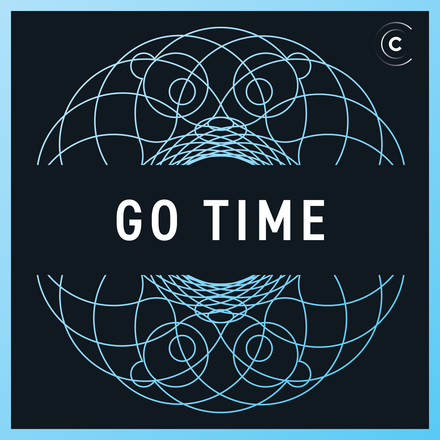The tools we love
The Go ecosystem has a hoard of tools and editors for Gophers to choose from and it can be difficult to find ones that are a good fit for each individual. In this episode, we discuss what tools and editors we’re using, the ones we wish existed, how we go about finding new ones, and why we sometimes choose to write our own tools.

